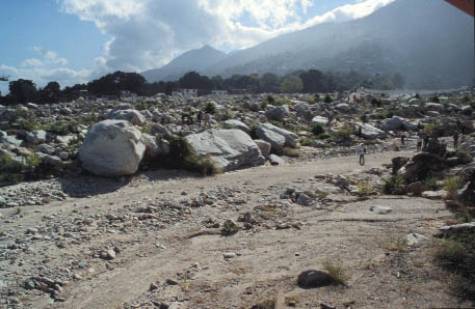
Research Projects Pierre Y. Julien Emeritus Professor |
||||||||||||||||||
| Research Summary Dr.
Julien received
his B.Sc Dr.
Julien He
co-authored more than 600 scientific publications
including three
textbooks,
25 book
chapters and lecture manuals, 200 refereed articles
including 135 full papers in scientific
journals, 250 professional presentations and conference
papers, and 125 technical
reports.
Under his guidance, 175 engineering
students including 44
Ph.D. graduated
in Civil and Environmental Engineering.
He designed a graduate student web page. In
2004, he received
the H.A. Einstein Award for his research in
sedimentation and river mechanics. He made
numerous contributions to upland erosion modeling with
models
CASC-2D, CASC2D-SED and
TREX. Dr. Julien delivered
20 Keynote Addresses at numerous International Conferences
including the United States, South Korea, Mexico,
Malaysia, Argentina,
China, Singapore,
Thailand, India... In
2011, Dr.
Julien was invited to
speak at the International Conference
on River Restoration
for
Green Growth in Seoul.
He received an award
from Dr. Myung Pil Shim, Minister
of the Office of River
Rest In
2015, Dr. Julien presented research developments on
climate change in relation
to river flows at the World Water
Forum in Gyeongju. He
also moderated a Plenary
Session at the WWF7 in Daegu, South Korea. In May, he
delivered the Hunter Rouse
Lecture in Hydraulic Engineering at the ASCE/EWRI
Congress. The Hunter Rouse Award celebrated his
numerous achievements and contributions to the
hydraulic engineering profession
in the areas of river mechanics and erosion and sedimentation
throughout a most distinguished, dedicated research
and academic career. This
web
site describes
several research projects Dr. Julien and his
international team worked
on over the years.
The site has been prepared
to share technical
information
with the scientific community.
The user should find a brief description
and a few illustrations,
whenever possible,
of the research projects. In many cases,
scientific publications can be downloaded.
In some cases, data
sets, software programs, pptx presentations,
demos and calculation procedures are also made
available. The
Power of Collaborative Research - Pune,
India, July 23, 2012 In 2022, Dr. Julien received the Distinguished membership award from ASCE: "For his seminal contributions on hyper-concentrated sediment flows, mudflows and debris flows, physically based modeling of runoff and erosion in watersheds, modeling the transport and fate of contaminants in watersheds, and predicting floods and downstream hydraulic geometry of river systems."
|
||||||||||||||||||
|
Overland Flow My research on overland flow started in Canada as part of my M.S. thesis and Ph.D. dissertation under Prof. Marcel Frenette. More research on overland flow at CSU has been funded by ARO and ARL after 1986. Some papers below refer to the overland flow characteristics from raindrop impact to sheet flows, roll waves and the applicability of simplified equations of motion. The more recent research relates to climate change and ENSO effects on precipitation and erosivity.
Surface Runoff Modeling Surface runoff modeling has been the emphasis of our activities within the Center for Geosciences. This project has been funded by ARO and ARL after 1986. We have developed numerical algorithms for the simulation of rainfall-runoff using GIS terrain data, raingages and/or radar rainfall precipitation. The model CASC2D has been developed at CSU through the involvement of B. Saghafian, F. Ogden, W. Doe, D. Molnar, A. Sharma and J. Jorgeson who all completed PhD's. Papers on the model CASC2D
Papers on spatial and temporal variability
Papers
on climate and radars
|
||||||||||||||||||
| top
Upland Erosion Early research papers on upland erosion date back to my graduate studies in Canada. Later research on overland flow has been funded by ARO and ARL after 1986. Some of the papers below refer to the modeling with CASC2D-SED and the transforms for the analysis of flow and sediment duration curves. The model CASC2D-SED was more recently coupled with WASP5, the significant changes in the model framework resulted in the model TREX. TREX is a Two-dimensional Runoff, Erosion and Export of contaminants from watersheds. It has been developed with M. Velleux and J. England with ARO-ARL funding through the Center for Geosciences, the EPA Hazardous Substance Research Center and the US Bureau of Reclamation.
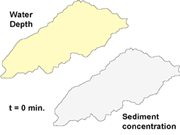 The most recent version of the
model is CASC2D-SED which simulates soil erosion from
overland flow and routes sediment by size fractions to
the outlet of a watershed. The model was developed by
B. Johnson, and R. Rojas during the course of their
PhD studies at CSU. This web site contains papers and
descriptions of the models developed at CSU. The
CASC2D-SED web site shows some tremendous results
of the model. The most recent version of the
model is CASC2D-SED which simulates soil erosion from
overland flow and routes sediment by size fractions to
the outlet of a watershed. The model was developed by
B. Johnson, and R. Rojas during the course of their
PhD studies at CSU. This web site contains papers and
descriptions of the models developed at CSU. The
CASC2D-SED web site shows some tremendous results
of the model.
Click on the blinking image to the left
The model is CASC2D-SED has been expanded to simulate the fate and transport of metals by M. Velleux and J. England for their PhD's at CSU. The new web site below contains lots of information on their dissertations and a user's guide and source code to the TREX model. The standard computation time required for TREX has been for a California Gulch simulation (hydrology + six solids types + three chemical types on a domain with 34,000 elements and 24 hours of simulated time). Back in 2005, Mark Velleux' simulation took 40 hour to run. In 2011 it took about 18.5 hours. Now, that same run takes just over 3.5h. If the code is compiled with the Intel C compiler (rather than GCC) the run finishes in just under 3 hours. That performance is fast enough that, in an age where a server could have 24 or more cores, Monte Carlo simulations can be realistically performed. Applications on large watersheds have been conducted on the Arkansas River Basin and Naesung stream (South Korea) as well as several watersheds in Malaysia. More recent research focused on flood wave propagation from dam break. 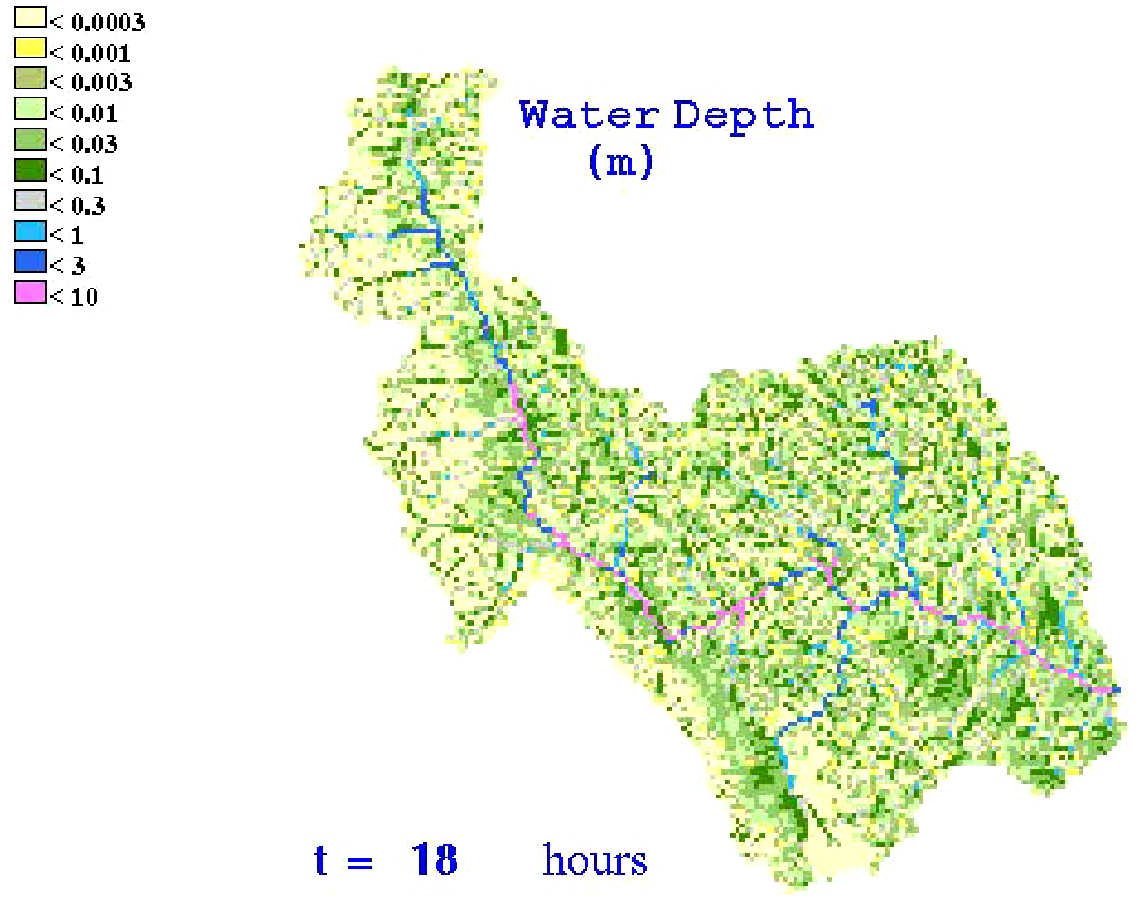
|
||||||||||||||||||
| top
Alluvial Channels and Stream Restoration We have developed a method for the determination of the downstream hydraulic geometry of alluvial channels. The research has been carried out in collaboration with J. Wargadalam, C. Leon, T. Bauer and G. Richard, who received graduate degrees at CSU. This section contains numerous papers and a spreadsheet for the calculation of the hydraulic geometry from the Julien-Wargadalam algorithm, also called the J-W equation. Several articles relate to the changes in downstream hydraulic geometry downstream of dams on the Rio Grande and below Hapcheon Dam in South Korea. This section also includes extensive material from short courses. The more recent studies focused on the hydro-biological habitat fror endangered species like the Rio Grande Silvery Minnow (RGSM).
Resistance to Flow and Bedforms
Local Scour
Sedimentation Dr.
Julien's interest in sediment transport dates back to 1974
when he worked on the Matamec River on the North Shore of
the St-Lawrence Estuary. First studies relate to
sediment transport in Canadian rivers in collaboration
with Marcel Frenette. Later investigations refer to
the mechanics of sediment transport. The research
results available here refer to the studies in
collaboration with H. Woo, J. Guo, O. Stein and many
graduates who received degrees from CSU. This
web page contains numerous papers, technical notes and
reports on published results. The analysis of
hyperconcentration, mudflows and debris flows is available
in a separate item below. There are numerous applications
in South Korea in the Nakdong River estuary with Dr. Ji
and CFD modeling of Imha Dam with Dr. An. There is also a
fundamental study of bedload particle velocities with Dr.
Bounvilay and sediment plugs of the Rio Grande.
|
||||||||||||||||||
|
Mudflows and Debris Flows
Research
on
hyperconcentrations,
mudflows and debris flows in mountain streams has been
on-going since 1983. Research has been carried out
in collaboration with J. O'Brien, H. Woo, Y. Lan and J.
Guo who not only manifested great interest in the topic,
but also earned Ph.D. degrees at CSU. The photos
of the recent devastating flows in Venezuela were
prepared in collaboration with Claudia Leon and Rosalia
Rojas, both Ph.D. graduates from CSU. This web
site contains papers and photos of the 1999 debris flows
disasters in Venezuela. More
recent articles focus on the disasters of Typhoon Maemi
and Hurricane Katrina, as well as the increase value of
waterfront urban development. The more recent
contributions include an analysis of debris flows in
South Korea with Jaehoon Kim and the modeling of a
sediment wave propagation from a dam break in Brasil
with Dr. Marcos Palu.
|
||||||||||||||||||
| top
Dream Team - "Rising Stars" At
the
present time, several visiting professors and about 20
graduate students currently work with Dr.
Julien. Visiting professors and post-docs hosted by Dr. Julien: •
Prof. M. Gonzalez del Tanago, University
Politecnidad de Madrid, Spain. Software and Miscellaneous Einstein
Integrals: Technical
Note by Julien and Guo (2004); and Excel Spreadsheet;
Fortran code of
Roland et al. ; The spreadsheet files of Srivastava
, Abad and
Garcia , and the Fortran code of Roland
are also available; The revised algorithm in the closure
by Julien and Guo (2005) provides the algorithm for Eq. (22)
in Fortran and
MatLab, as well
as the example on the Missouri River in Fortran
and MatLab. Software Program in FORTRAN and DATA to determine the type of bed material of a sample based on d50 and d84 - Note: the user must download both the executable and the data file. Transfer pptx Transfer pdf Transfer video Transfer
xls The end of a long working day for the College; J. Gessler and P. Julien, April 2006 Skryabin op
8 no 10 History of CSU: paper at the 2003 World Water Congress and slides.
|
||||||||||||||||||

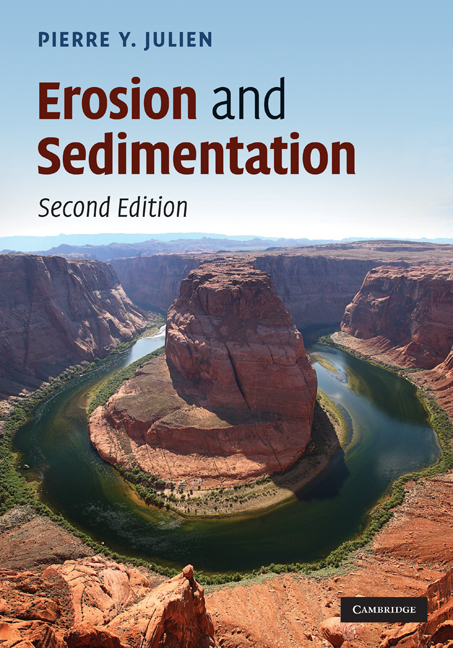

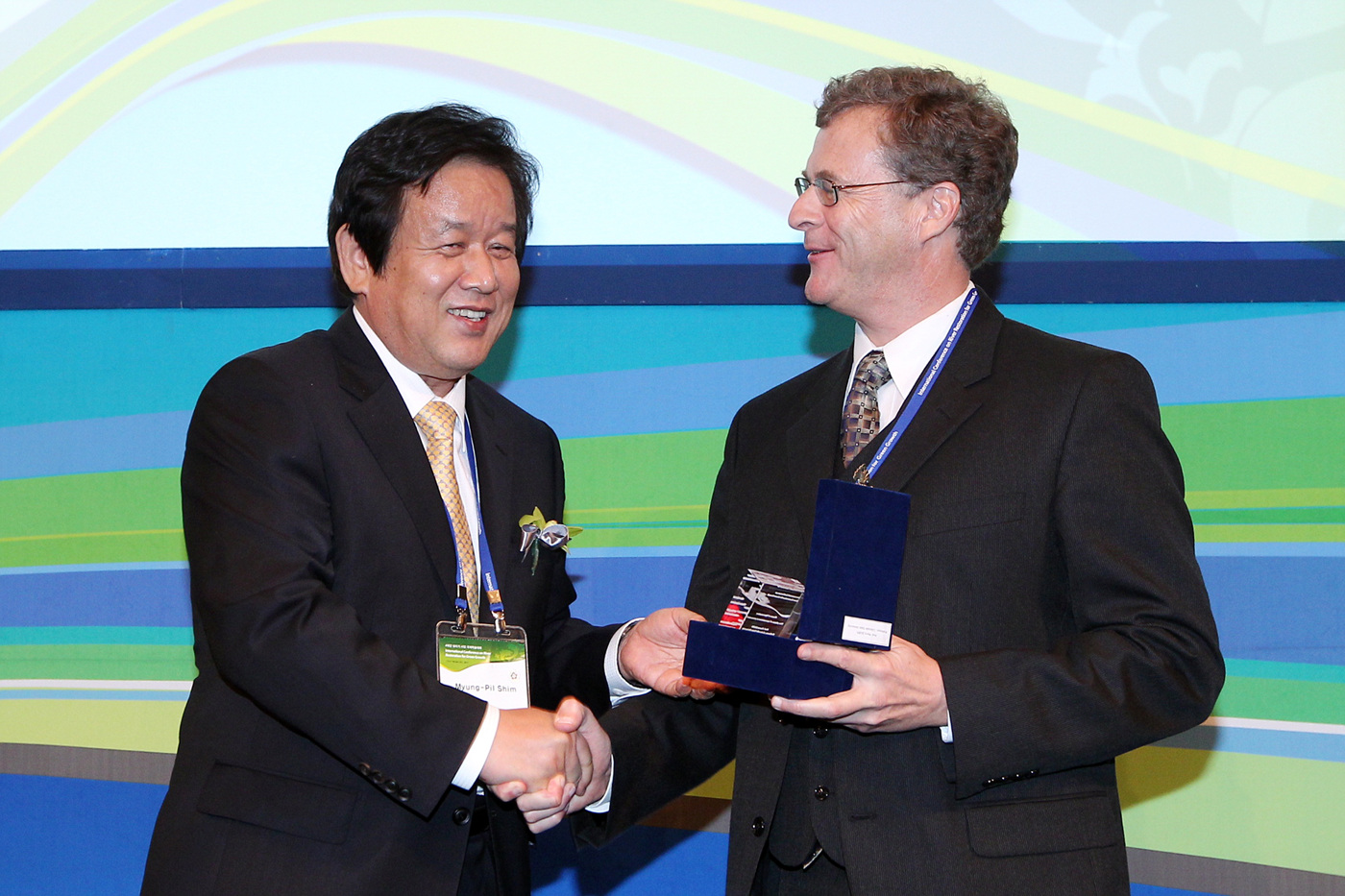







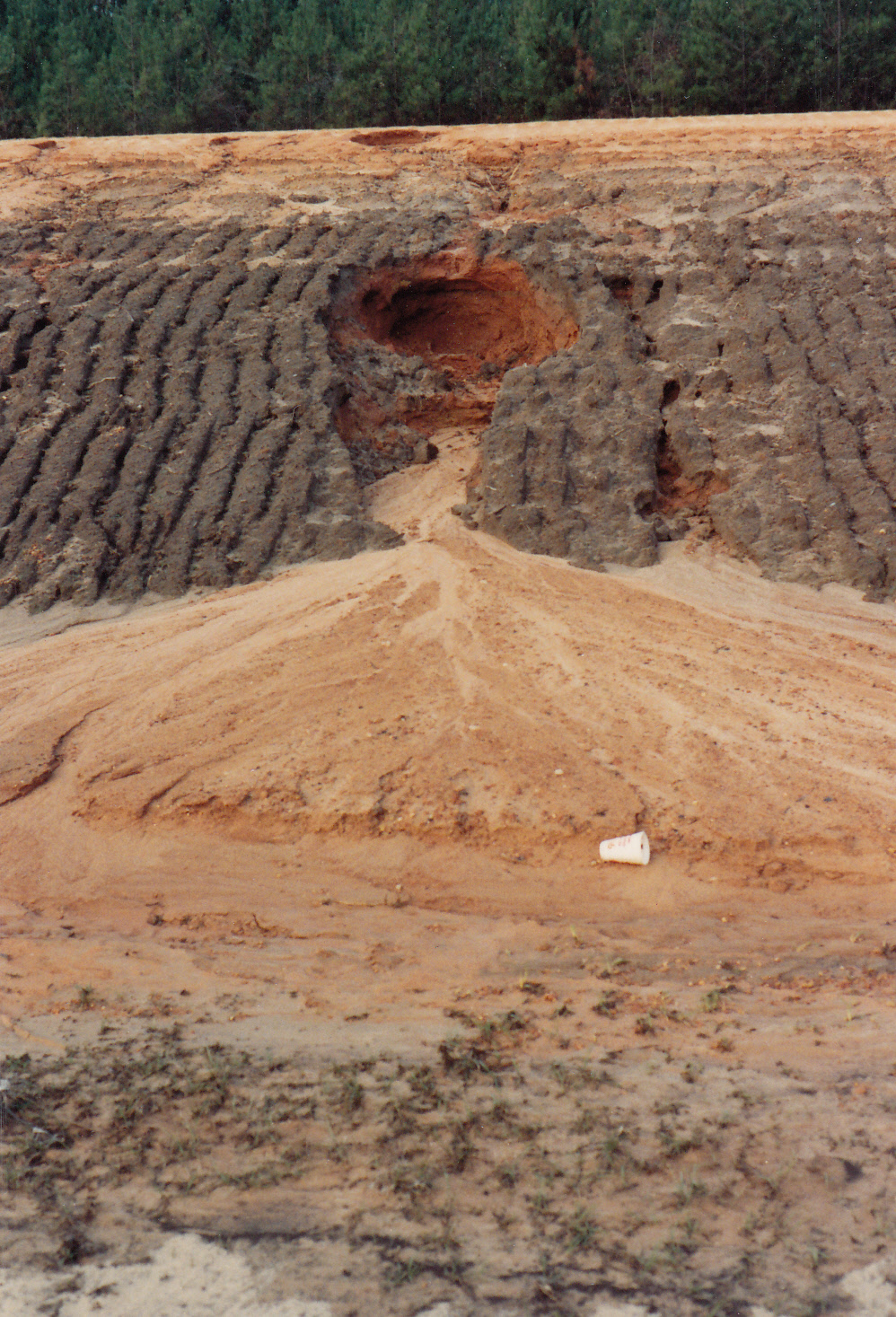




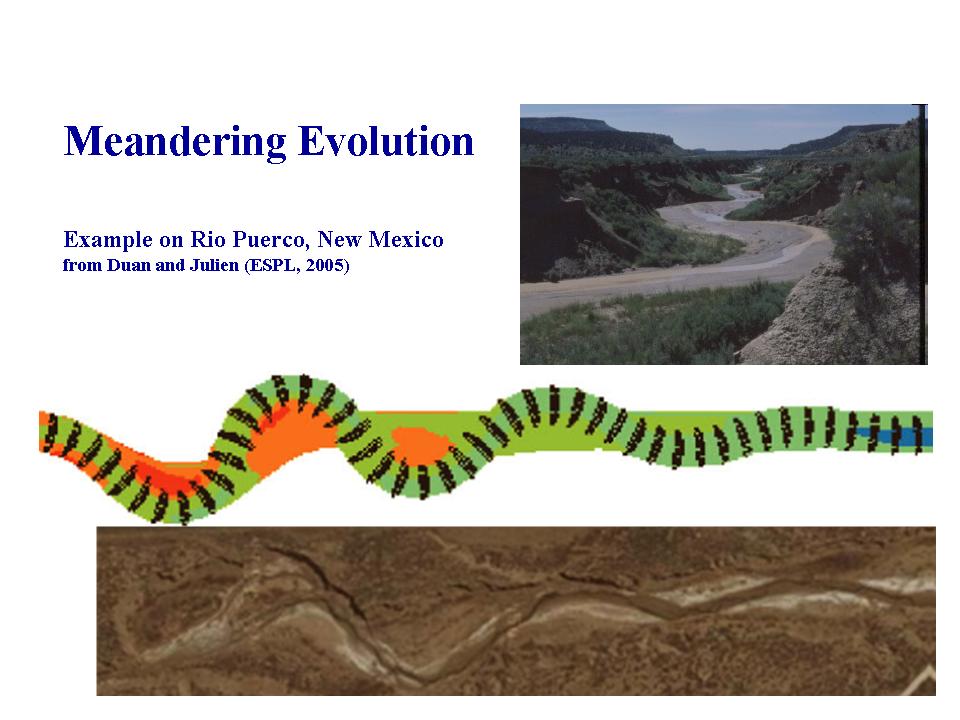
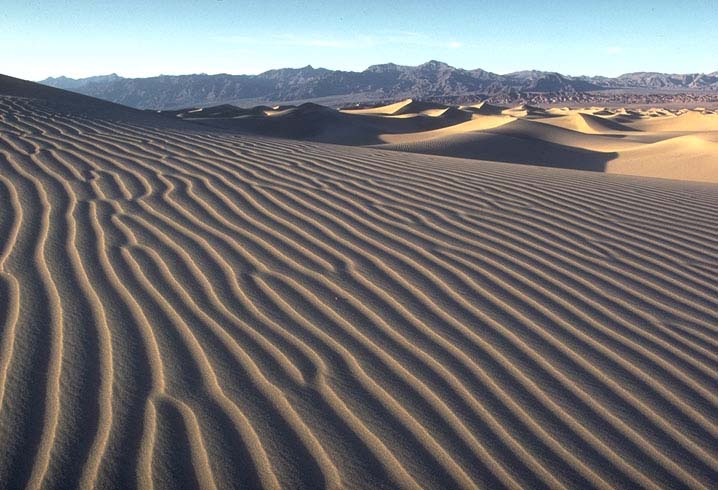
 Research on local
scour has been sustained with interest from USDA for the
analysis of rill erosion and interest from FHWA for the
analysis of pier scour and scour below drop
structures. The investigations have been performed
in collaboration with N. Bormann, O. Stein, and C.
Santoro, who received degrees from CSU. This web
site contains numerous papers and descriptions of the
models developed at CSU. The later articles focus on
retrofitting the Gupo bridge piers and on local scour
modeling. There are also three articles on modeling the
flow over stepped spillways with Dr. Kositgittiwong in
Thailand.
Research on local
scour has been sustained with interest from USDA for the
analysis of rill erosion and interest from FHWA for the
analysis of pier scour and scour below drop
structures. The investigations have been performed
in collaboration with N. Bormann, O. Stein, and C.
Santoro, who received degrees from CSU. This web
site contains numerous papers and descriptions of the
models developed at CSU. The later articles focus on
retrofitting the Gupo bridge piers and on local scour
modeling. There are also three articles on modeling the
flow over stepped spillways with Dr. Kositgittiwong in
Thailand. 

